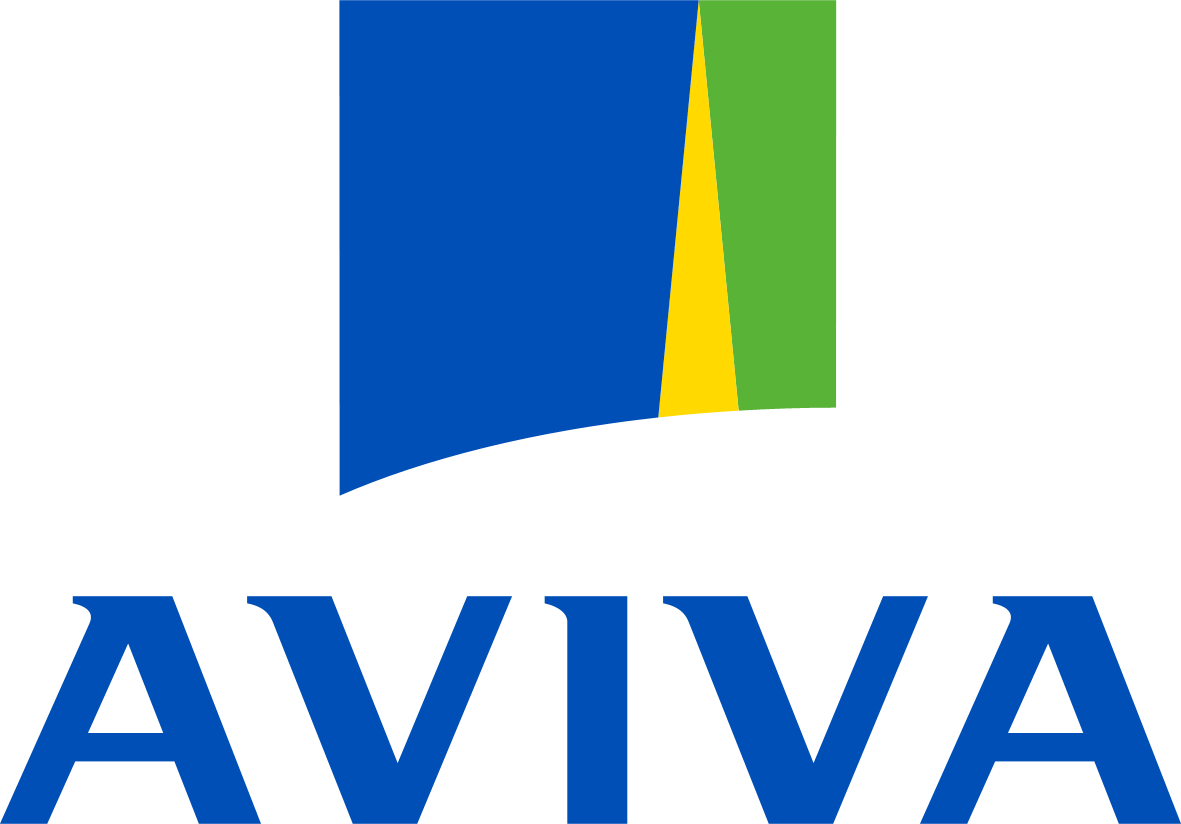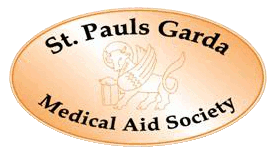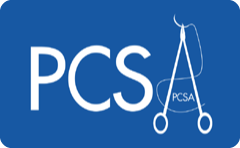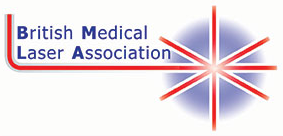Microdermabrasion
 Download this information as a PDF
Download this information as a PDF
The technology of modern Microdermabrasion is not new. The basis of the current technology was developed in Italy in 1987. While popular in Europe for many years, it was not introduced into the U.S. until 1996 when the procedure received FDA approval. Kerry Skin Clinic have now introduced the new Chromoderm Microdermabrasion (MDB) unit to Ireland. Microdermabrasion or particle skin resurfacing has become popular because it is a safer, easier alternative to chemical peels or laser resurfacing. It is called “The Lunch Time Peel”, because of its quick, easy application and lack of recovery time.
Using positive pressure, the machine and a specially designed hand piece passes micro-fine crystals across the skin. As the crystals make contact, the top dead layers of skin, known as the stratum corneum, are exfoliated and then vacuumed away. The process rejuvenates the skin in a number of ways. The combination of skin exfoliation and slight vacuum stimulates fibroblasts to produce new healthy, living cells in the basal layer of the epidermis. This leads to cell turnover and improved blood flow.
 Download this information as a PDF
Download this information as a PDF
The minor trauma of particle resurfacing can aggravate some conditions. Special precautions are required when treating people with the following conditions:
- Active, uncontrolled or brittle diabetes.
- Viral lesions, Herpes Simplex, or Shingles.
- Eczema or Seborrhoeic Dermatitis.
- Rosacea. • Oral blood thinners.
- Skin cancer or autoimmune disorders.
- Viteligo.
- Telangectasia.
- Visible, broken blood vessels.
- Cancer, AIDS, HIV, Hepatitis B or C, or any autoimmune disorder.
- Sunburned skin.
Skin preparation prior to Microdermabrasion:
No pre-treatment requirements are required: simply remove all your make-up and off you go!














